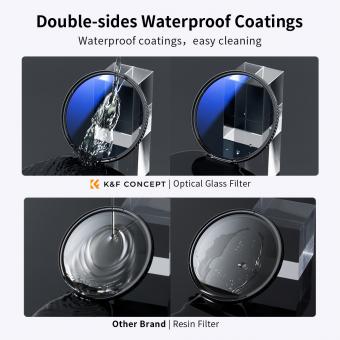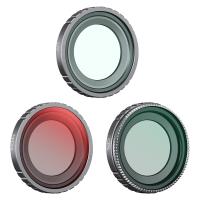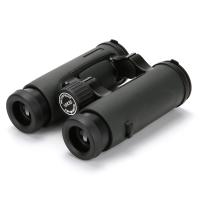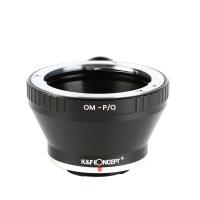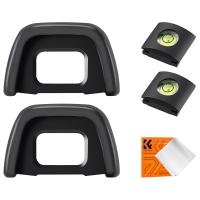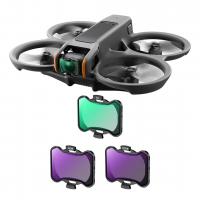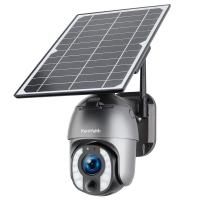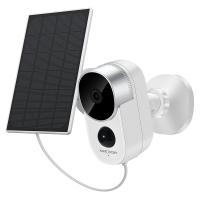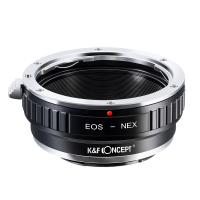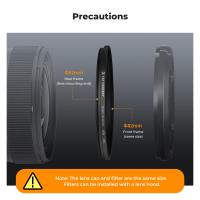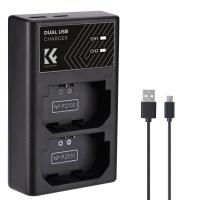How Does Video Camera Work ?
A video camera works by capturing and recording moving images and sound. It does this through a combination of optical, electrical, and digital processes. The camera lens focuses light onto an image sensor, which converts the light into an electrical signal. This signal is then processed by the camera's electronics, which convert it into a digital format. The digital information is then stored on a memory card or other storage medium. The camera also records audio through a built-in microphone or an external microphone, which is synchronized with the video footage. The recorded video and audio can be played back on the camera's screen or transferred to a computer or other device for editing or viewing.
1、 Optical system: Capturing and focusing light onto the image sensor.
How does a video camera work? At its core, a video camera operates by capturing and focusing light onto an image sensor. This optical system is the fundamental mechanism that allows a video camera to record visual information.
When light enters the camera through the lens, it passes through a series of optical elements such as lenses and filters. These elements help to control the amount of light entering the camera and adjust the focus, aperture, and other parameters to optimize the image quality.
The light then reaches the image sensor, which is a crucial component of the camera. The image sensor converts the incoming light into an electrical signal. In modern video cameras, the image sensor is typically a charge-coupled device (CCD) or a complementary metal-oxide-semiconductor (CMOS) sensor. These sensors consist of millions of tiny light-sensitive pixels that capture the intensity and color of the incoming light.
Once the light is converted into an electrical signal, it is processed by the camera's electronics. This includes amplifying the signal, applying color correction, and converting the analog signal into a digital format. The processed signal is then stored onto a memory card or transmitted in real-time for live streaming or broadcasting.
It is worth mentioning that with advancements in technology, video cameras have become more sophisticated. They now incorporate features such as image stabilization, autofocus, and high dynamic range (HDR) capabilities. These advancements enhance the overall image quality and user experience.
In conclusion, the optical system of a video camera plays a crucial role in capturing and focusing light onto the image sensor. This process, combined with the camera's electronics, allows for the conversion of light into electrical signals, ultimately resulting in the creation of video footage.

2、 Image sensor: Converting light into electrical signals.
How does a video camera work? At its core, a video camera captures moving images and converts them into electronic signals that can be recorded and displayed. The key component responsible for this process is the image sensor.
The image sensor is a semiconductor device that converts light into electrical signals. It consists of millions of tiny photosensitive elements called pixels. Each pixel detects the intensity of light falling on it and generates an electrical charge proportional to that intensity. This charge is then converted into a digital signal that represents the color and brightness of the corresponding pixel.
There are two main types of image sensors used in video cameras: CCD (Charge-Coupled Device) and CMOS (Complementary Metal-Oxide-Semiconductor). CCD sensors use a complex arrangement of capacitors to transfer the charge from each pixel to a single output amplifier. CMOS sensors, on the other hand, have a separate amplifier for each pixel, allowing for faster readout and lower power consumption.
In recent years, CMOS sensors have gained popularity due to their lower cost and improved performance. They offer higher resolution, better low-light sensitivity, and faster frame rates compared to CCD sensors. Additionally, CMOS sensors can be integrated with other camera functions on a single chip, leading to the development of smaller and more versatile video cameras.
In conclusion, the image sensor is the heart of a video camera, converting light into electrical signals that can be processed, recorded, and displayed. The continuous advancements in image sensor technology have played a significant role in the evolution of video cameras, enabling higher quality and more accessible video recording capabilities.

3、 Signal processing: Converting analog signals to digital and enhancing image quality.
A video camera works by capturing and converting analog signals into digital format, while also enhancing the image quality. This process involves several key components and steps.
Firstly, the camera lens focuses light onto an image sensor, which is typically a charge-coupled device (CCD) or a complementary metal-oxide-semiconductor (CMOS) sensor. The image sensor converts the incoming light into an analog electrical signal, representing the intensity of the light at each pixel.
Next, the analog signal is processed by the camera's signal processing unit. This unit performs various tasks, such as amplifying the signal to improve its strength, adjusting the color balance, and reducing noise or interference. These processes help enhance the overall image quality and make it more visually appealing.
Once the analog signal has been processed, it is converted into a digital format using an analog-to-digital converter (ADC). The ADC samples the analog signal at regular intervals and assigns a numerical value to each sample. This digital representation allows for easier storage, transmission, and manipulation of the video data.
In recent years, advancements in video camera technology have led to improvements in signal processing techniques. For example, the use of advanced algorithms and artificial intelligence has enabled cameras to automatically adjust exposure, focus, and white balance in real-time. Additionally, image stabilization techniques have been developed to reduce shaky footage and improve overall video quality.
In conclusion, a video camera works by converting analog signals into digital format through signal processing. This process involves enhancing image quality, adjusting color balance, reducing noise, and converting the analog signal into a digital representation. With the latest advancements, video cameras are now capable of real-time adjustments and improved image stabilization, providing users with high-quality video footage.

4、 Recording media: Storing the digital video data.
How does a video camera work? At its core, a video camera captures moving images and converts them into a digital format that can be stored and played back. The process involves several key components and steps.
Firstly, the lens of the camera focuses light onto an image sensor, which is typically a charge-coupled device (CCD) or a complementary metal-oxide-semiconductor (CMOS) sensor. These sensors convert the light into electrical signals, creating a digital representation of the image.
The electrical signals are then processed by the camera's image processor, which enhances the image quality by adjusting factors such as exposure, color balance, and sharpness. The processor also compresses the data to reduce file size and make it easier to store and transmit.
Next, the processed video data is stored on a recording media, such as a memory card or hard drive. This allows the video to be saved for later playback or transferred to a computer for editing. In recent years, advancements in technology have led to the development of more compact and high-capacity recording media, enabling longer recording times and higher video quality.
Additionally, many modern video cameras offer features such as autofocus, image stabilization, and various shooting modes to enhance the user experience and improve the quality of the recorded video.
In conclusion, a video camera works by capturing light through a lens, converting it into electrical signals using an image sensor, processing the signals with an image processor, and storing the resulting digital video data on a recording media. These components work together to create high-quality videos that can be enjoyed and shared.



